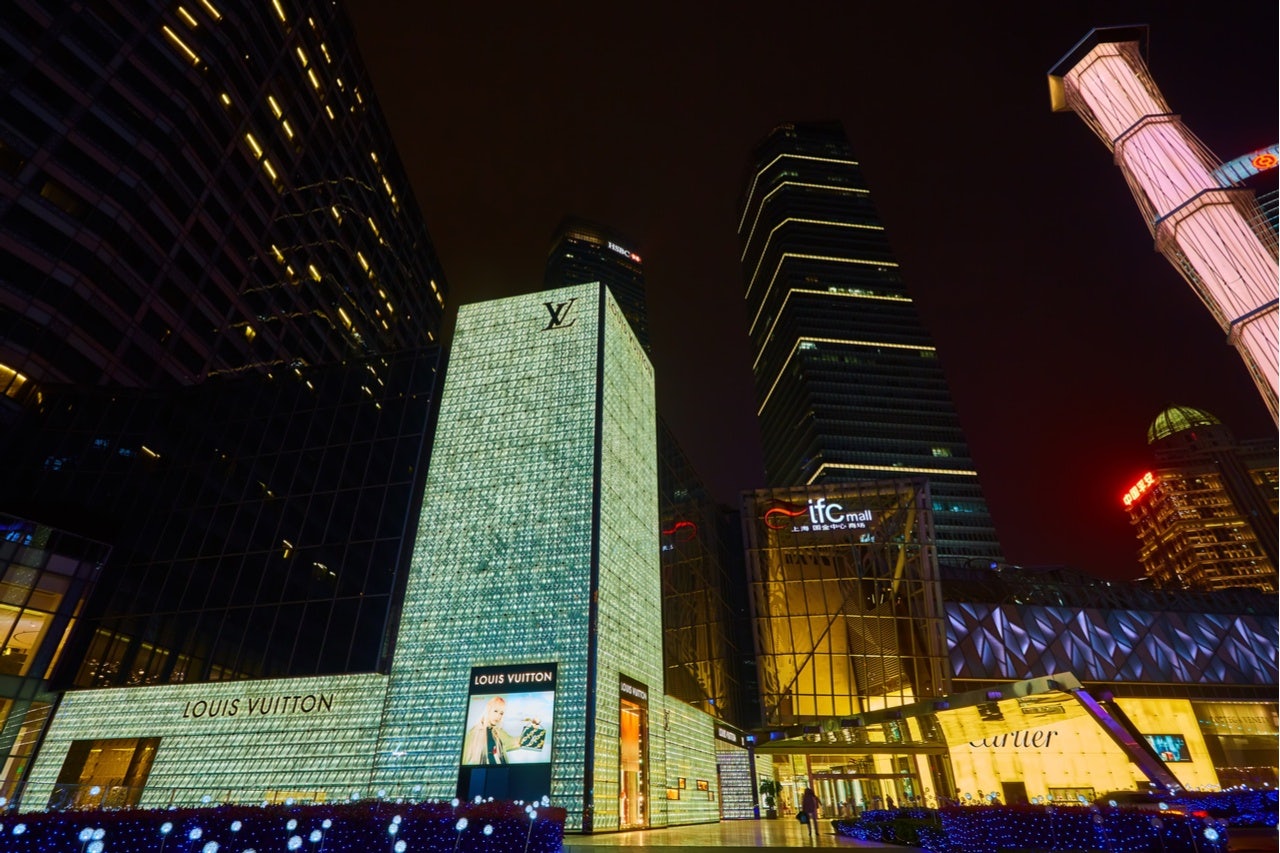China’s Lunar New Year spending growth slowed to its lowest level since 2005, while overall consumption on retail and restaurants during the holiday surpassed 148.96 billion (RMB 1.01 trillion) for the first time, sending mixed signals on the state of the Chinese economy.
Chinese spending during the seven-day national holiday that officially ended on February 10 was up 8.5 percent year-on-year according to figures released by the Ministry of Commerce and National Statistics Bureau. The single-digit growth, however, was a sharp drop from a 10.2 percent increase in 2018, signaling the economy is losing some steam.
“The data represents a continuation of consumption slowdown in China starting from the second half of 2018,” wrote Shenwan Hongyuan, a Shanghai-based investment management company, in a recent research note. “[Based on the readings], we expected the country’s retail sales in January and February this year will grow around 8 percent.”
Investment bank Nomura Holdings maintained its negative forecast, saying, “[The data] does not bode well for overall retail sales growth.” They predicted the country’s full-year retail sales growth to slow to 8.5 percent year-on-year in 2019, from 9 percent in 2018.
In recent weeks, a slew of luxury groups and brands including Hermès, LVMH, Burberry, Tapestry and Estée Lauder Companies posted positive sales growth in their Q4 and/or full-year 2018 earnings, citing spending by Chinese nationals as the main driver.
While there is no guarantee that the weak consumption growth rate during the Chinese Lunar New Year holiday will translate into an overall slowdown of luxury goods consumption by Chinese shoppers this year, it should set off an alert with luxury brands who rely on this demographic to spur growth.
One bright spot, as mentioned by Shenwan Hongyuan, is that Chinese citizens have become more willing to pay more for quality, based on the consumption patterns shoppers revealed during the holiday. The country’s second-largest e-commerce site JD.com noted some high-priced watches, jewelry & accessories, and fashion apparel & shoes were in hot demand during the holiday.
Shenwan Hongyuan also noted Chinese consumers were still spending a lot at shopping and outlet malls, which are home to many luxury brands in China. In Shanghai, for example, shopping and outlet malls reported more than 20 percent growth in sales from the previous year, from February 4 to 10, the investment firm said.
Elsewhere, Chinese internet giant Tencent released a report to illustrate who was actually spending in China during Lunar New Year. Those born between 1980 and 1989 were the top spenders in the period, accounting for 40 percent of total spending, the report said. The post-'90s group followed closely, as did the post-'00s group.

